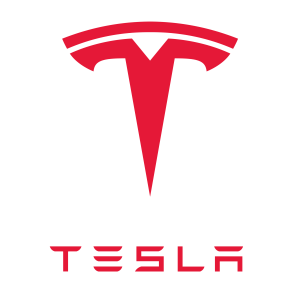Tesla's Ambitious Launch of RoboTaxi: Implications and Expectations

Yesterday at 06:00 PM
Elon Musk continues to blaze a trail through the automotive industry with Tesla’s latest announcement regarding its RoboTaxi initiative. The billionaire entrepreneur recently confirmed that Tesla is on track to officially launch its RoboTaxi service in Austin, Texas, by June, and plans to expand to several other cities by the end of the year. This news has once again stirred excitement in the market, especially amongst Tesla enthusiasts and investors, reaffirming Musk’s optimistic outlook on autonomous vehicle technology.
Understanding the RoboTaxi Initiative
Tesla's RoboTaxi is set to revolutionize urban transport by offering a fleet of autonomous vehicles that function as on-demand taxis. The concept hinges on Tesla's continuous developments in self-driving technology, aiming to provide a service that is not only efficient but also significantly safer than traditional human-driven transportation.
Musk has been vocal about the safety advantages of autonomous vehicles over human drivers, reiterating his position that they will eventually be over a magnitude safer. Given the significant human error factor in road traffic collisions, RoboTaxis could drastically reduce accidents, an aspect that aligns with Tesla's mission to promote sustainability and safety.
Market Reactions and Economic Impacts
The confirmation of the RoboTaxi service launch timeline has had a notable impact on Tesla’s stock value, symbolized by the ticker $TSLA. Investors view this announcement as a positive step towards Tesla dominating the autonomous ride-hailing market, a sector poised for substantial growth in the coming years. The bullish sentiment surrounding Tesla's advancements has placed it at the forefront of automotive innovation.
The influx of RoboTaxis in urban areas has broader implications for the economy, too. It presents opportunities for job creation in areas such as vehicle maintenance, fleet management, and technology development associated with the operation of autonomous vehicles. On the other hand, there are concerns regarding the potential displacement of traditional taxi and ride-share drivers.
Infrastructure and Technological Challenges
While the prospects are promising, there are significant challenges to overcome before RoboTaxis can become a fixture in urban settings. The transition demands substantial infrastructure adaptations, including the installation of enhanced communication networks to support vehicle connectivity. Legislation will also need to evolve to address the complexities of operating autonomous vehicles in busy traffic environments.
Technological hurdles remain, particularly in perfecting the software algorithms that govern vehicle decision-making in unpredictable urban conditions. Tesla continues to invest heavily in research and development to enhance the capabilities of its AutoPilot system, aiming to navigate these challenges effectively.
Looking Ahead: A Global Perspective
While Austin is the initial launch site, Musk’s vision for global distribution of Tesla RoboTaxis appeals to worldwide markets, including the UK. With its densely populated urban centers, the UK could greatly benefit from these advancements in terms of reducing congestion and lowering emission levels. Given the current regulatory framework and public transportation landscape, the rollout of RoboTaxis in the UK may require tailored strategies to ensure seamless integration alongside existing services.
In conclusion, Tesla's impending RoboTaxi launch marks a pivotal point in the autonomous vehicle narrative. As the world watches Tesla's progress, the questions of adoption, safety, and societal impacts remain focal points of discussion. Nevertheless, Elon Musk’s bold ambition continues to push the boundaries of what’s possible, promising an exciting future for technology enthusiasts and urban planners alike.
The post Tesla’s Ambitious Launch of RoboTaxi: Implications and Expectations appeared first on Tesla Mag.


